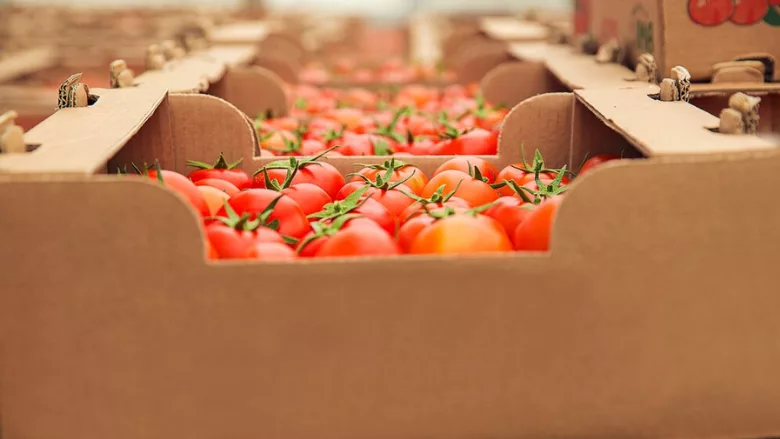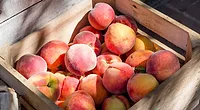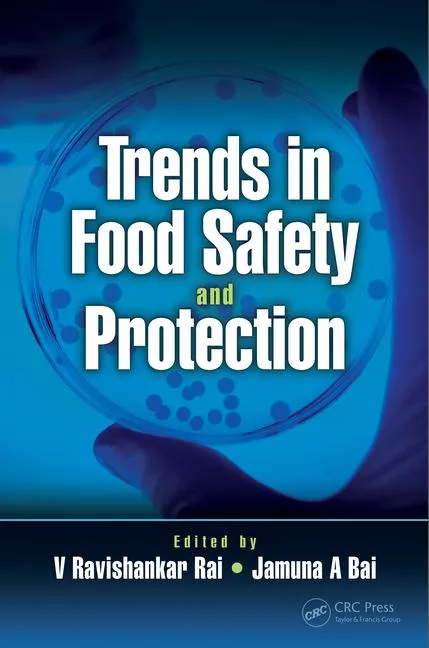Researchers Investigating Microbial Risks of Unconventional Surfaces in Produce Packinghouses

Image credit: azerbaijan_stockers via Freepik
A research project funded by the Center for Produce Safety (CPS) seeks to answer questions about the food safety risks posed by unconventional surfaces used in produce packinghouses.
Led by the University of Arkansas System Division of Agriculture’s Kristen Gibson, Ph.D., the project is focusing on small and midsized packinghouses that may have less resources than large operations to ensure food safety, like stainless steel surfaces or dedicated food safety officers. In her professional experience, Dr. Gibson has seen cleaning and sanitation to be an area that is particularly challenging for smaller-sized operations. Therefore, by examining microbial persistence and sanitation practices used on unconventional surfaces, Dr. Gibson aims to develop a set of best practices for surface material selection and sanitation to reduce microbial risk.
In the project’s initial phase, Dr. Gibson and her team visited 15 small and midsized packinghouses across the country to observe their facilities and practices. They found the use of nonconventional surfaces to be common, including those made of porous or hard-to-clean materials. Additionally, the packers most frequently reported that their choice of sanitizers and sanitation practices were based on ease-of-use, affordability, and availability. Dr. Gibson and her team also interviewed 22 extension and produce safety educators across 18 states about their experiences with packers, whose responses mostly aligned with the researchers’ observations in packinghouses.
Entering the project’s second phase, the researchers will conduct lab trials in which they will inoculate coupons of non-conventional surface materials often used in packinghouses, using multi-strain cocktails of Salmonella, Listeria monocytogenes, and Shiga toxin-producing Escherichia coli (STEC). The inoculated coupons will be incubated for seven days under temperature and humidity conditions that simulate packinghouse environments, and the coupons will be periodically tested for pathogen die-off.
To test for sanitizer efficacy, the researchers will likely inoculate non-conventional surface material coupons with a pathogen cocktail, and then try to clean the coupons with common sanitizers. The coupons will be tested after sanitation for pathogen survival to determine sanitizer efficacy.
Looking for quick answers on food safety topics?
Try Ask FSM, our new smart AI search tool.
Ask FSM →









